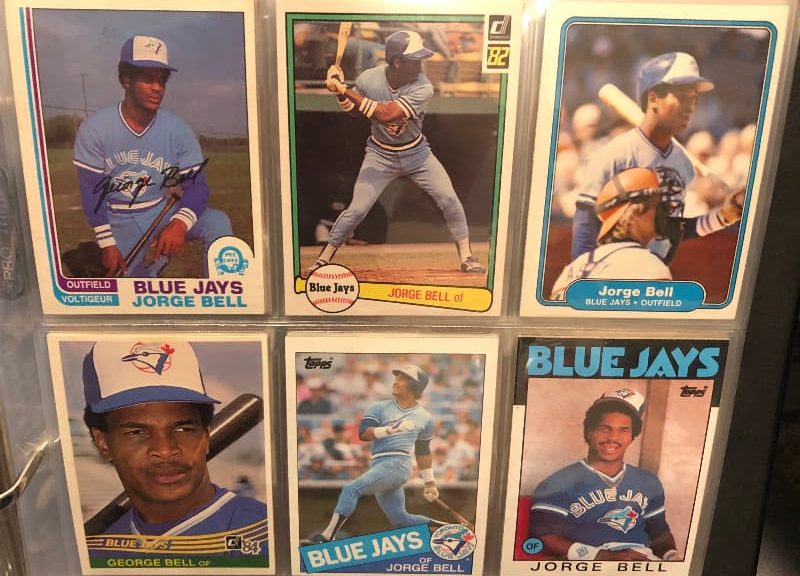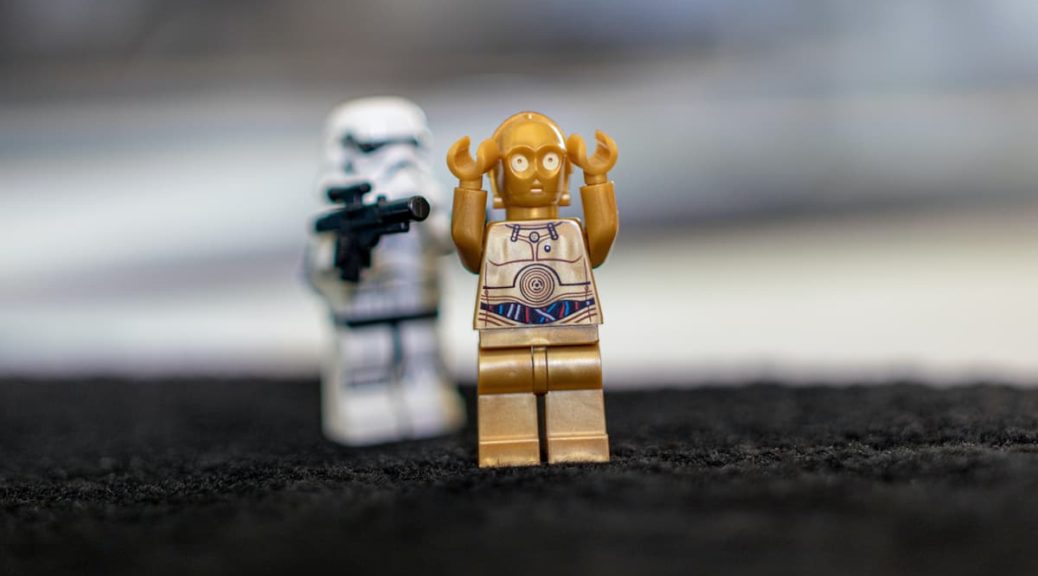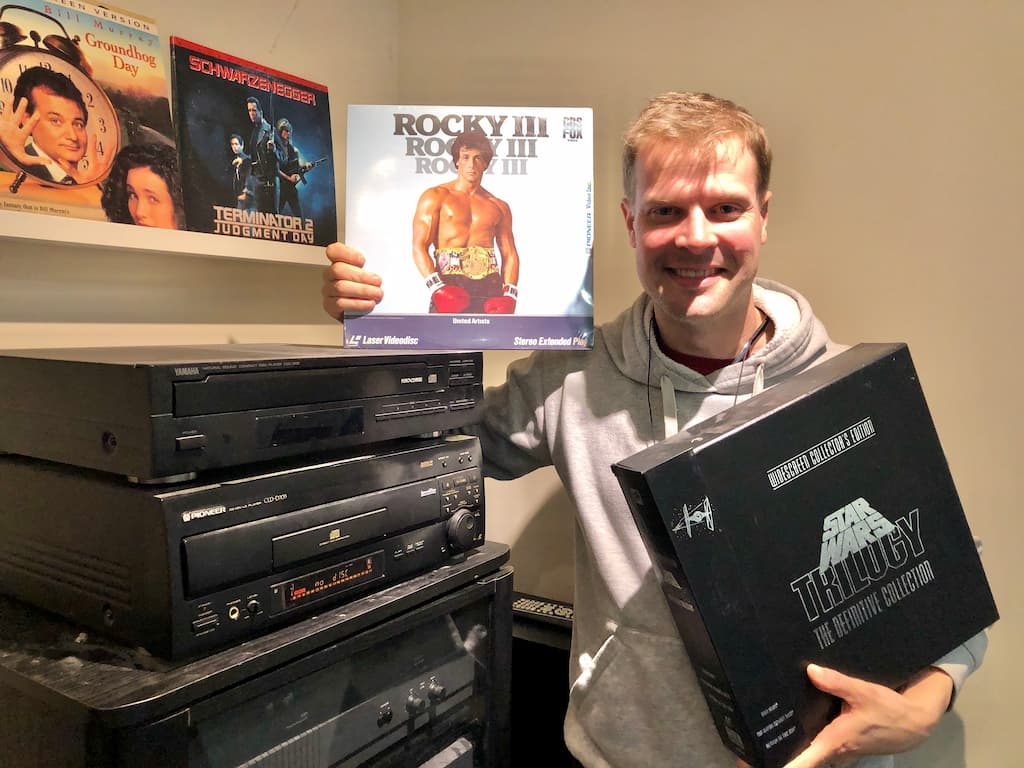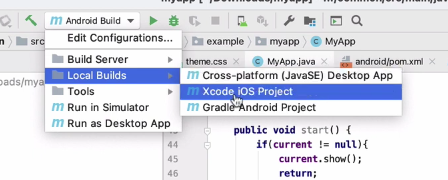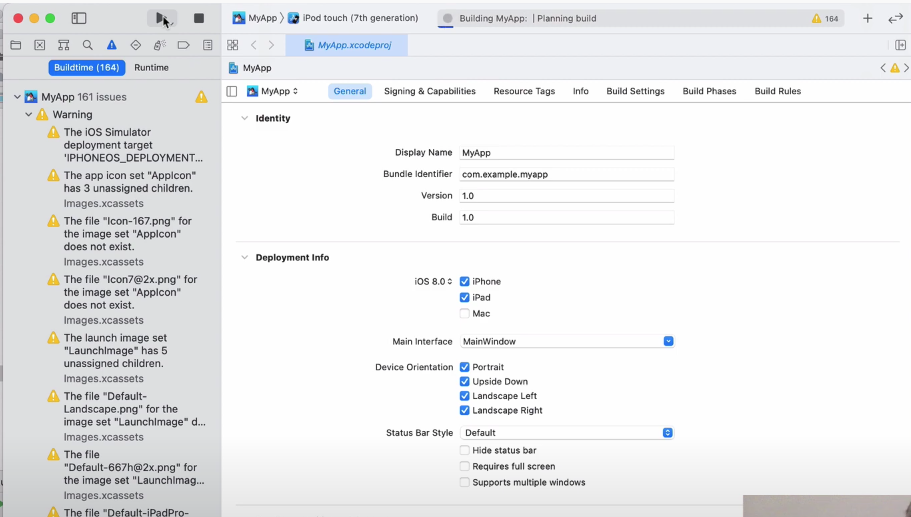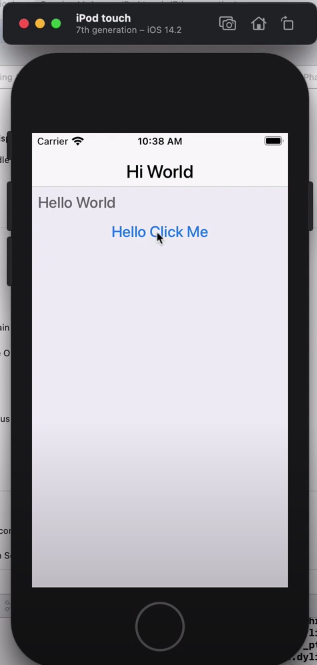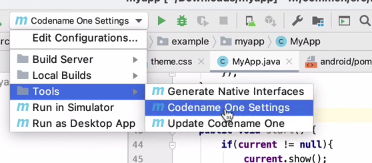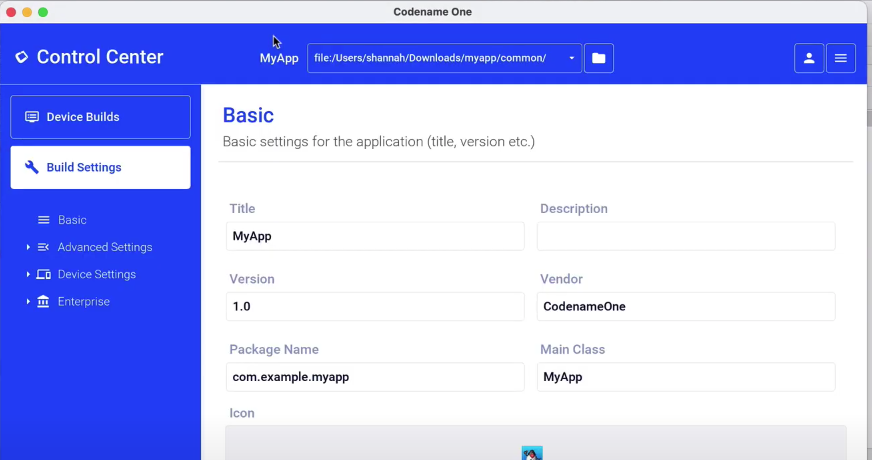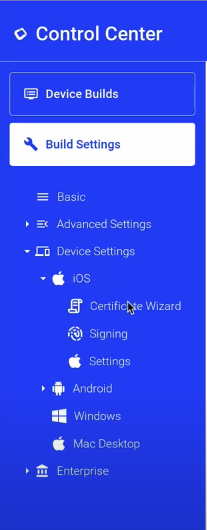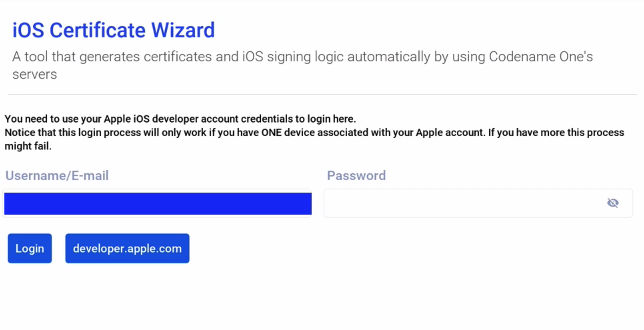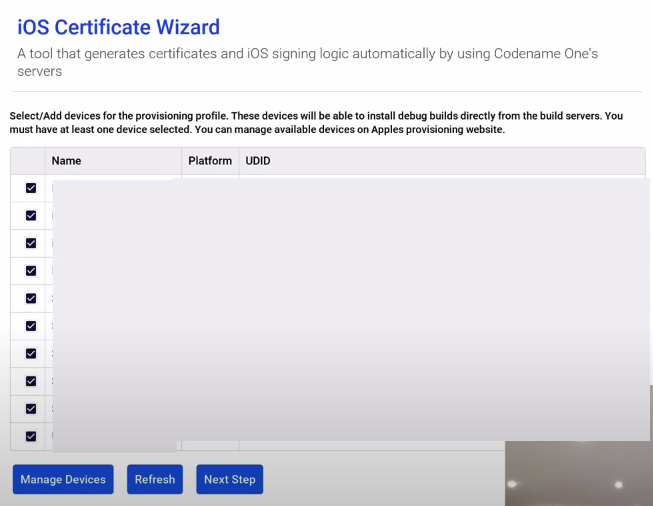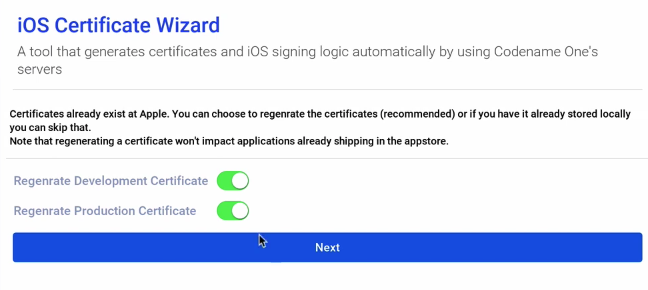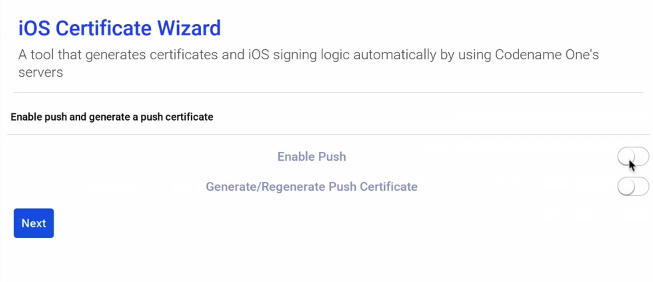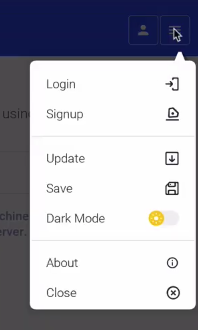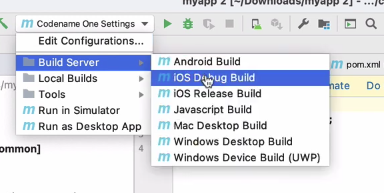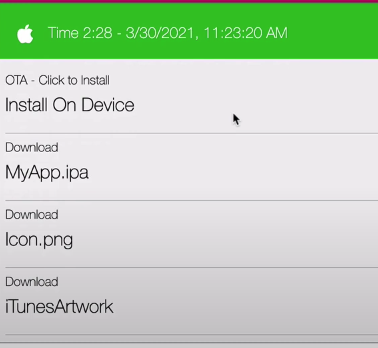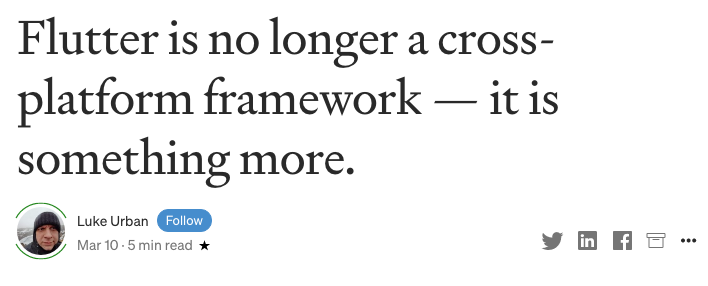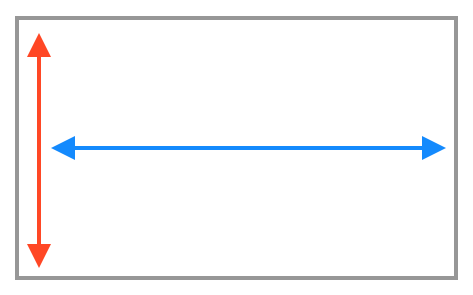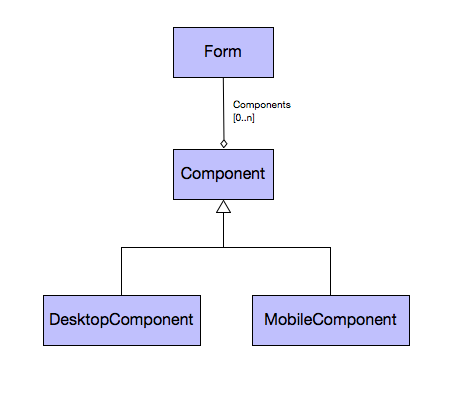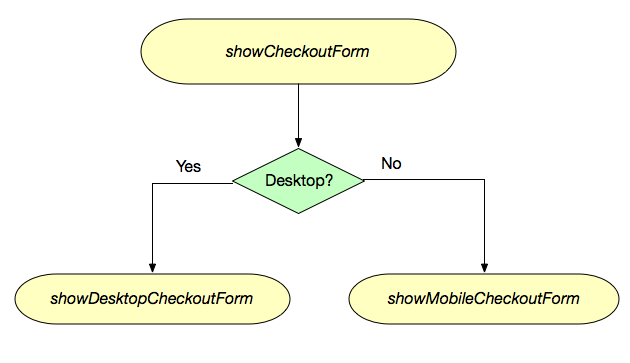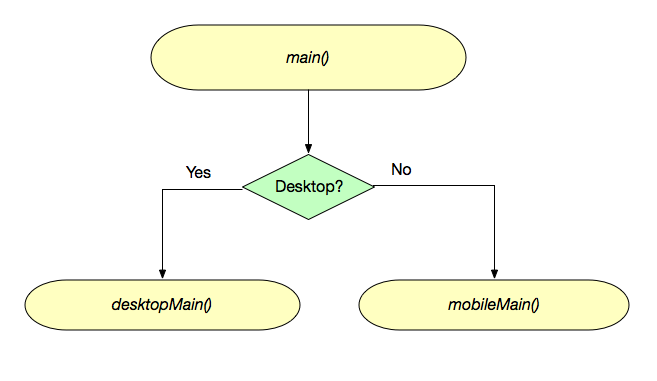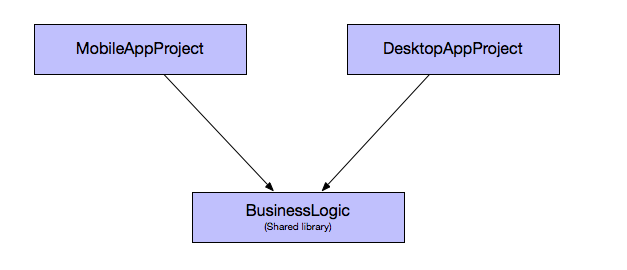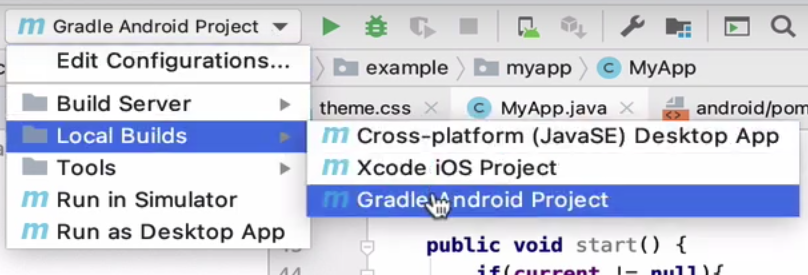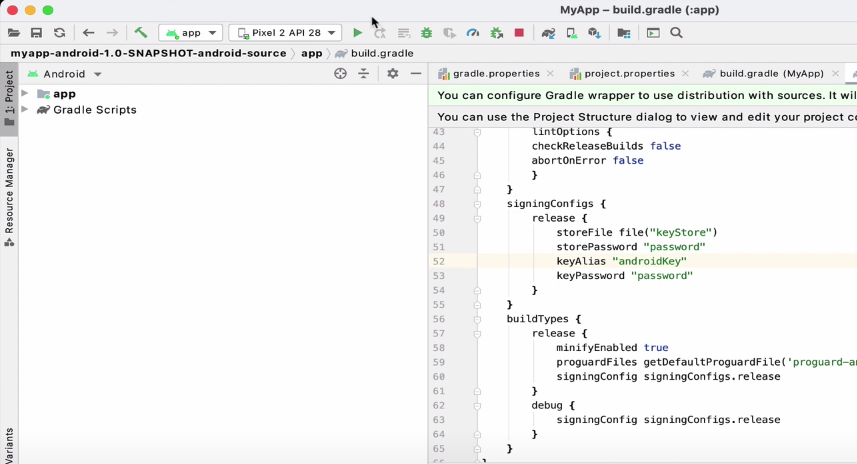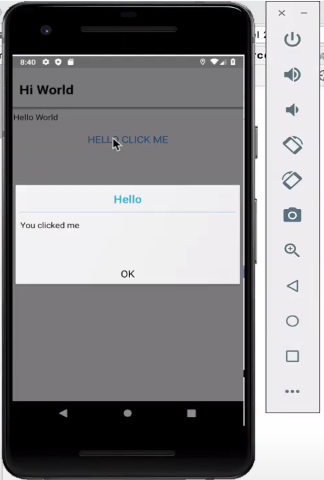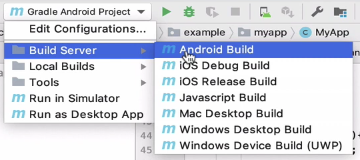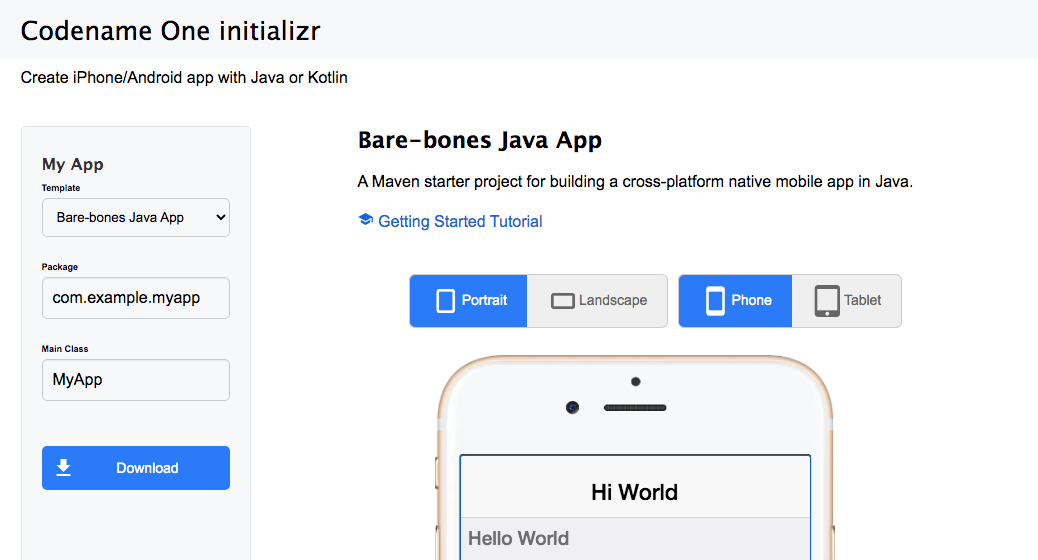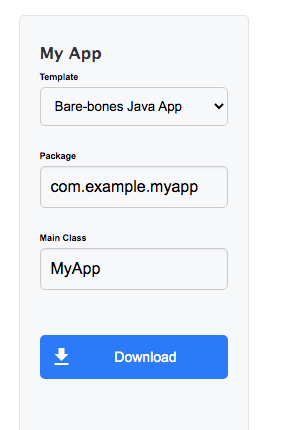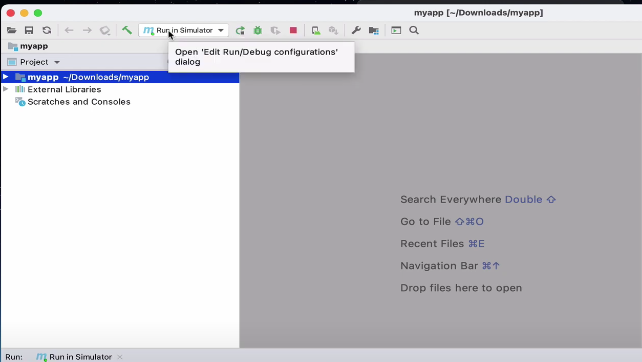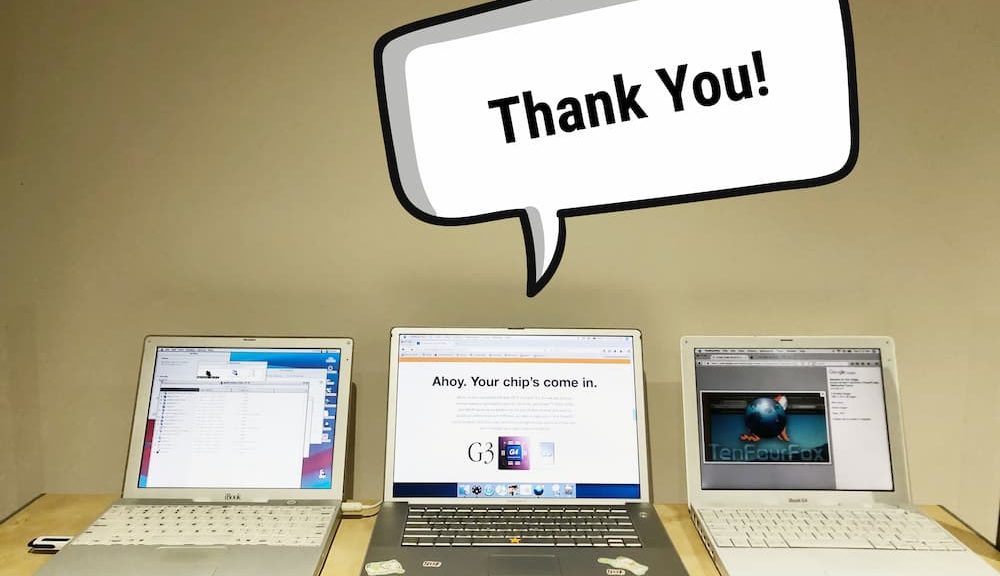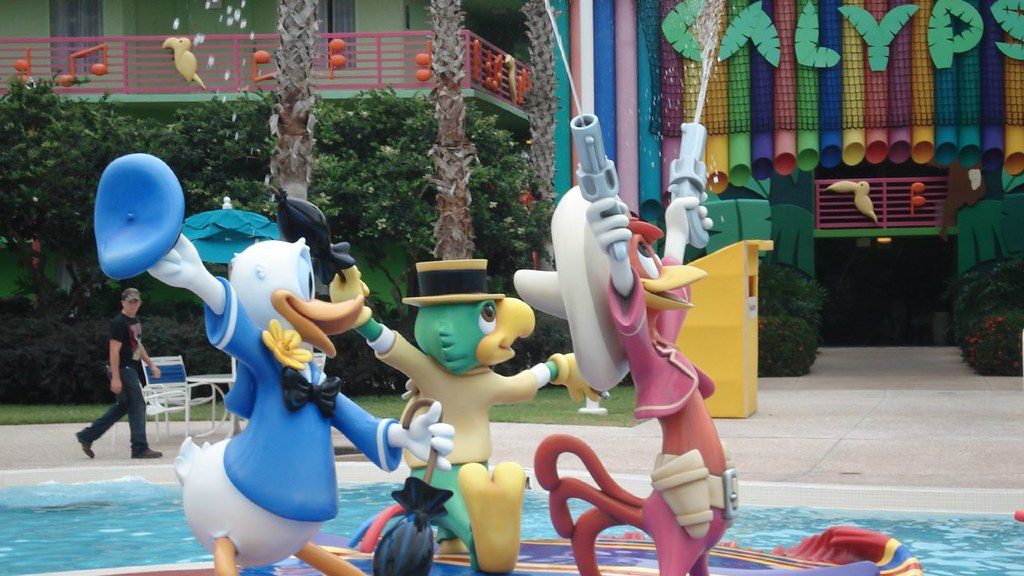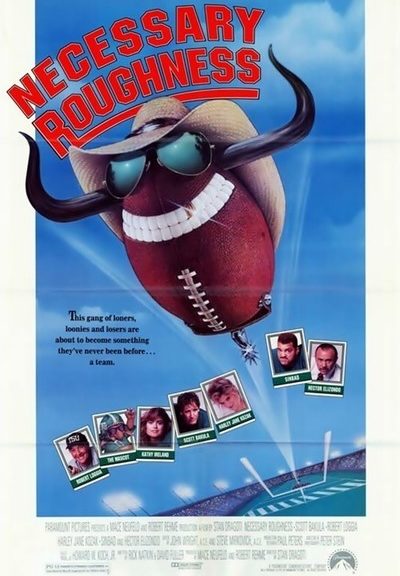I started collecting baseball cards in 1988. I know this because I still have the Panini sticker book that started it all off. I don’t remember how I got that sticker book – probably as a birthday present, which would have made it technically the end of 1987, rather than 1988.
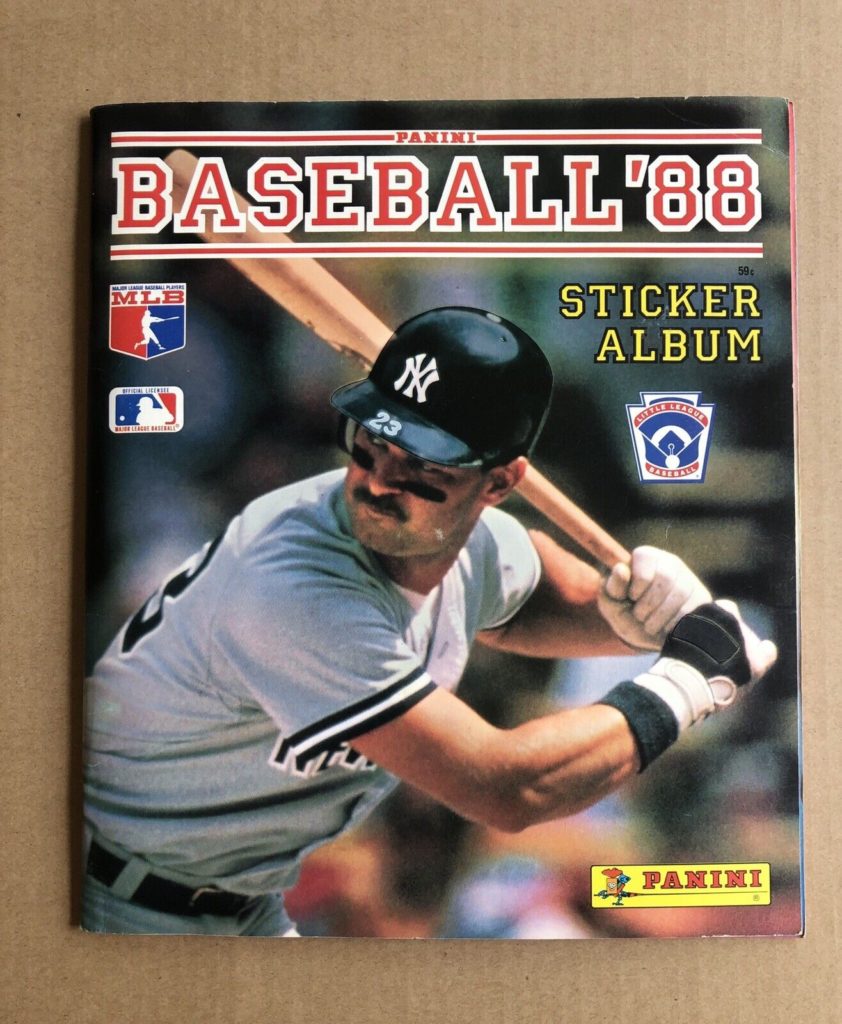
The sticker packs were sold at convenience stores and supermarkets, so I would probably get a pack every time I accompanied my mom on the weekly grocery shopping trip. I collected Blue Jays. Actually, I collected whatever came in the pack, but I always hoped for Blue Jays. This is because a few months earlier, I had visited my Grandpa while he was watching a Blue Jays game, and he explained to me that they were the only Canadian team in the league, so we should cheer for them.
Made sense. I was Canadian. The Blue Jays were Canadian. Therefore I must be a Blue Jays fan.
So, being a Blue Jays fan, I naturally hoped for Blue Jays when I got a pack of stickers.
My friend Chris was also Canadian, so he was a Blue Jays fan too. He had the same sticker book, and was also collecting Blue Jays. And, since all kids need to choose a favourite player, mine was George Bell. The choice was based on a mix of statistics (he was American League MVP in 1987), randomness (his sticker was one of my first), and which player’s picture I liked best.
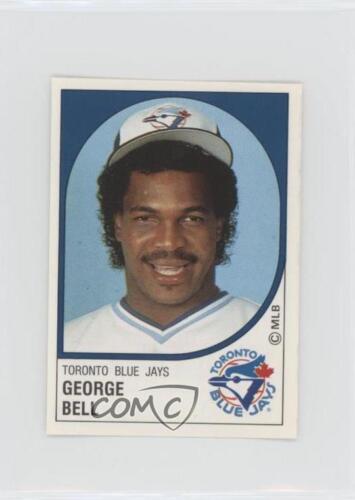
Chris’s favourite player was Tony Fernandez.
My Panini sticker Blue Jays collection was almost complete before Baseball cards even entered my consciousness. I knew what they were, but they had never crossed the chasm between things that “exist” and things that were “options”. During those early days of collecting, I had to correct several adults, including my parents, when they said that “I collected baseball cards”. I collected stickers. Not cards.
I didn’t even know what I would do with a baseball card. I mean, at least with a sticker I could stick it in my sticker book. There was an empty, outlined space for it and everything. It was like a puzzle waiting to be completed.
My First Pack of Cards
Then, one fateful day in the Spring of 1988, I got my first pack of baseball cards. I don’t recall the circumstances. It could have been a miscommunication, like I asked my dad to get me a pack of baseball stickers when he went in to pay at the gas station, and he came out with a pack of cards instead. Or it could have been a pragmatic choice, like I was allowed to get a pack of stickers at the store that day, but they didn’t have any, so I got a pack of cards instead.
Whatever the circumstances were, I opened that wax pack of 1987 Topps baseball cards, and found, to my delight, that it also came with a stick of gum. The gum was rock hard, but once you got it going it would still chew, and it still provided some sugary sweetness. Panini stickers didn’t come with gum.
Side note: For some reason Topps gum was always rock hard. O-Pee-Chee gum was typically much softer.
I could get used to this whole “getting gum with my baseball cards” thing.
But it gets better. The pack came with about 14 cards, and one of them was a George Bell “All Star” card. I had struck gold on my very first pack. My favourite team – and my favourite player. I couldn’t believe my luck.
What are Baseball Cards Good For?
Now, I had this stack of cards, but I didn’t know what to do with them. I couldn’t stick them anywhere, and I didn’t yet know about all of the elaborate accessories that were available for the display and storage of baseball cards, so I just stacked them on a shelf in my room.
Shortly after that first pack, I was faced with an honest to God choice between a pack of stickers and a pack of cards at the grocery store, and I … chose the cards. My panini sticker book sadly was never completed, and includes empty spaces for ungotten stickers to this day.
At this point, I began to identify as a “baseball card collector” (as opposed to baseball sticker collector), but I existed in a microcosm. It was just my friend Chris and I collecting cards – and we collected them the same way that we had collected stickers. We’d get a pack of cards at the corner store when we had an opportunity, and we’d hope for Blue Jays. Each trip into a new corner store brought with it the thrill of discovery, as we might discover a new brand of cards.
It was some time before I even knew that there were brands other than Topps – since that is what the corner stores near me carried. Then one day, my friend showed me a pack of O-Pee-Chee’s that he got from a different store. Mind blown. The O-Pee-Chee’s looked identical to Topps. They had the same players, same pictures, same stats on the back. The only difference was the logo in the top corner of the card, which said “O-Pee-Chee” instead of Topps. That and the gum was much softer – but I’m not sure if I knew about that difference yet, since Chris probably had finished the gum long before he showed me the cards.
Side note on the gum: The O-Pee-Chee gum, 35 years later, tends to disintegrate into sugar dust as soon as you start chewing. I know this because I have a case of unopened O-Pee-Chee hockey cards still in a box under my parent’s stairs. I don’t have any surviving Topps package to offer a comparison. Perhaps Topps was playing the long game with their rock-hard gum, and 35 years later it would chew like Bubblicious.
Then one day, on a trip across the border, I found a pack of cards I had never seen before: Donruss. I was slightly disappointed that this pack didn’t come with gum. It came with a puzzle piece instead. Presumably, if I collected several more pieces, they could be assembled into a picture of something baseball-related. I couldn’t wait to show my new Donruss cards to Chris.
The Baseball Card Store
Little did I know that Chris had made a discovery of his own. One that dwarfed my measly Donruss cards.
He had found a baseball card store. A store that had nothing but baseball cards. I couldn’t believe my ears, and frankly my nine-year-old brain was having trouble processing it. I couldn’t quite imagine how you could fill up a store with just baseball cards. Up to that point, I had only seen them at convenience stores, where they would typically have one box with 36 packs of cards sitting amongst the gum and chocolate bars.
“They have boxes and boxes of nothing but cards!” he said. “You don’t even need to buy packs. You can look through the cards and just buy the ones that you want!”
“You can buy any card that you want?!” I asked incredulously.
Seemed too good to be true.
This store was named Chris’s Collectibles, and it was located just across from the library. One evening, while my mom was at the library, I asked if I could go into that store and look around.
If my mind was blown after the O-Pee-Chee discover, then I crapped my pants when I entered this store. (No not really – just trying to express how much of a “good” shock this was).
It was dark outside, so it must have been late. The only people in the store were two adults – one guy with a moustache, T-shirt, and trucker hat who was behind the counter, and the other, a customer, I presumed. They were chatting about baseball stuff – I don’t recall the specifics. My mind was busy processing this amazing new world that I had stepped into.
Before walking through that door, which might as well have been a portal into another dimension, I was aware of only three types of cards: Topps, O-Pee-Chee, and Donruss. And as far as I knew, all three of them had just started making baseball cards in 1988, because that was the only year of cards that were available at the corner stores. (Well, I had knowledge of 1987 Topps because that was the year of my first pack – but I hadn’t seen any more 1987 packs in ages).
Inside that store, they had more, different types of card packs than I had ever seen in my life. They had new brands I had never seen, like Score and Fleer. They had packs dating back five years, at least for most of these brands. They had glass cabinets filled with high-value singles, as they were called – each one in its own hard plastic case, and sporting price tags that were well outside my price range.
The thing that impressed me the most was the line boxes with rows of single cards sorted by year, set, and number. I could literally walk in here and find all of the Blue Jays I didn’t have, and just buy them outright. If I had the money, of course. Which I surely didn’t. I was on a one-pack-at-a-time budget.
So, on my first trip into this new world, that is just what I bought: one pack of cards.
But knowledge of this house of treasures changed my world for years to come. I had graduated beyond corner stores.
One thing lost in this transformation was anticipation of discovery when entering a new convenience store. I now had access to the definitive trove. I knew what brands were “out there”, so the odds of discovering anything new at the corner store was low to nil.
The Joy of Trading
My next big milestone, after the baseball card store, was the discovery of the joy of trading.
At the time I entered the baseball card store for the first time, and during the weeks that followed, I was still collecting in a microcosm. Chris and I would trade our doubles to help each other complete our Blue Jays collections – which was getting more and more difficult with the exponentially expanding universe of different sets – but we weren’t part of any larger “baseball card” community.
I didn’t really have any desire to find a community. I’m an introvert, and I liked collecting cards. If I needed a card, I could continue to buy packs and hope for the best – and the existence of a baseball card store was like a newfound super-power – as I could also go in there and just buy whatever card I needed to further my collection. But one night the community found me, and hooked me.
It was a night-time church meeting. I don’t recall what it was for. I remember that it was for the grown-ups, but a lot of kids would be there too. One of the grown-ups mentioned that his son and a few other kids would be bringing their baseball cards to do some “wheeling and dealing” (that was the first time, not the last time, I had heard that term), and he wondered if I was planning on joining in.
I didn’t really know what to expect, and I was a little bit nervous. At that point I didn’t know these other kids that well, and they were all a year of two older than me. But I said “okay”, and I brought my cards in a little box with me that night.
When I entered the “trading” floor, I was welcomed by the other kids – there were only two or three of them – and they asked if they could see my cards. One of them, Scott, was the most knowledgeable. He seemed to be an encyclopaedia of facts, and he carried with him a Beckett price guide that showed what every card was worth.
Beckett Baseball Card Monthly would be well-known to anyone who was around for the baseball card bubble of the late 80’s and early 90’s, but this little meetup was the first I had ever heard of it. I’m sure I went out and bought one the next day. Scott looked through my cards and showed me which ones were good. My focus had been on Blue Jays only, so I had no idea if I had any “good” cards in the objective sense. Apparently I did have a couple of good ones, and he offered to trade some of his cards with me.
That feeling of having something that someone else wanted – and being able to get something I wanted for it was special. This lies at the heart of the baseball card experience. That night I was introduced to this fun. I had finally learned what it is that you do with baseball cards. You trade them. Another life-changing discovery.
The Next Chapter: Sports Card Shows
This was only the beginning of my journey, into baseball cards. Over the next few years, the sports cards industry would experience a crazy bubble, and I rode that wave for all it was worth. In my next chapter, I’ll talk about my experience buying, selling, and trading cards at sports card shows.
